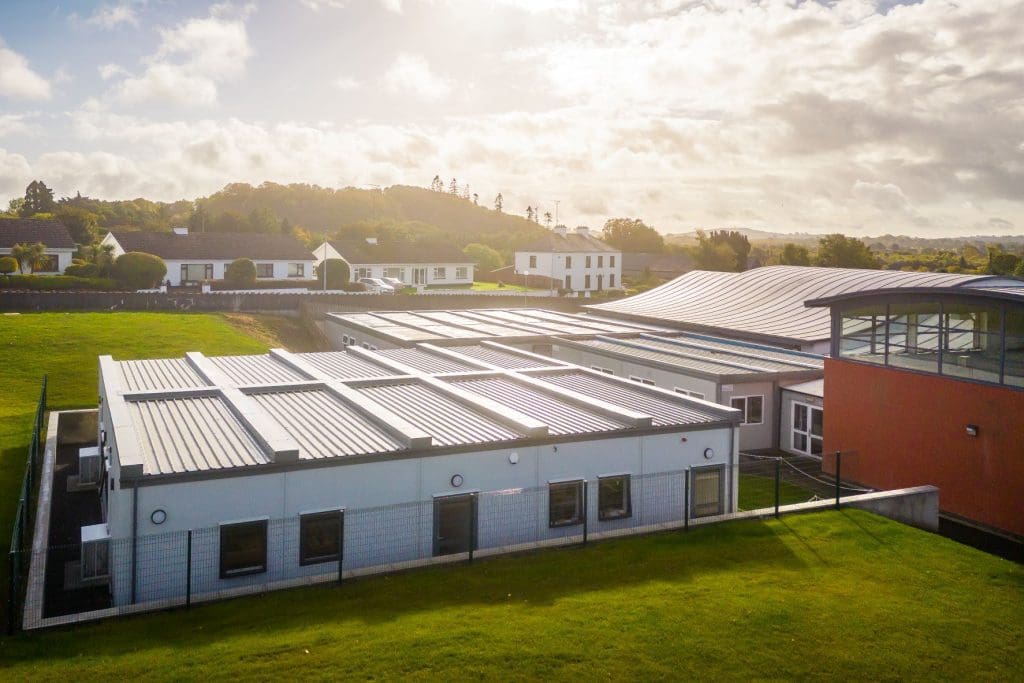In today’s fast-paced world, the need for adaptable and efficient building solutions has become increasingly crucial across various industries. Temporary modular buildings have emerged as a popular choice, offering flexibility, cost-effectiveness, and reduced construction time.
This blog post will explore the benefits, applications, and key considerations of temporary modular buildings, helping you make informed decisions for your next project.
What are Temporary Modular Buildings?
Modular buildings are structures comprised of multiple pre-fabricated modules or sections, which are assembled on-site to form a complete building. Temporary modular buildings, as the name suggests, are designed for short-term use, with the added advantage of being easy to relocate or repurpose.
Advantages of Temporary Modular Buildings
Flexibility in design and layout: Temporary modular buildings offer a high level of customisation, allowing you to tailor the design and layout to suit specific needs.
Cost-effectiveness: With both rental and purchase options, as well as a range of financing solutions available, capital budgets constraints won’t create an obstacle
Reduced construction time: Pre-fabricated modules can be assembled and installed quickly, minimising disruptions and downtime.
Environmentally friendly: Modular construction generates less waste and uses fewer resources than conventional building methods.
Enhanced building performance: McAvoy’s fleet of temporary modular buildings are designed and manufactured to comply with future changes to building regulations, are energy efficient and boast enhanced fire performance and air permeability.
Easy relocation and reuse: Temporary modular buildings can be disassembled and relocated or repurposed as needed, offering a sustainable and versatile solution.
Popular Applications of Temporary Modular Buildings
Temporary modular buildings can be found across a wide range of industries, including:
Construction site offices and facilities: Providing on-site workspace and facilities for project management, storage, and personnel.
Temporary classrooms and schools: Addressing the need for additional space during renovations, expansions, or emergencies.
Emergency and disaster relief shelters: Offering a rapid response to natural disasters or humanitarian crises.
Healthcare facilities: Serving as temporary wards, laboratories, or hospital extensions.
Military and government installations: Supplying secure and portable facilities for various purposes.
Key Considerations for Choosing a Temporary Modular Building Solution
Before deciding on a temporary modular building, consider the following factors:
Assessing specific needs and requirements: Determine the purpose, size, and duration of your project. Evaluating site conditions and constraints: Understand the site’s access, utilities, and environmental considerations.
Compliance with local regulations and building codes: Ensure that your chosen solution meets all necessary requirements.
Budget and financing options: Set a realistic budget and explore financing possibilities.
Customisation and Design Options
Temporary modular buildings can be tailored to your preferences and requirements, with options such as:
Architectural design possibilities: Choose from a variety of styles, colours, and materials.
Interior design and finishes: Select the right flooring, wall coverings, and fixtures.
By carefully considering your specific requirements, site conditions, and design preferences, you can successfully leverage the potential of temporary modular buildings for your next project. As the demand for versatile and eco-friendly construction methods continues to grow, temporary modular buildings are poised to play an increasingly significant role in shaping the built environment of the future.
Read more, Streamlined Modular Solutions for the Commercial Sector

